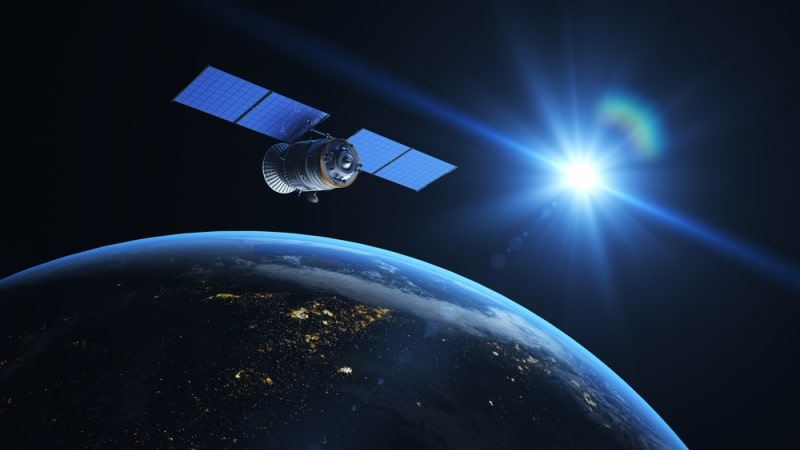
The U.S. Space Force has accepted the transfer of a second geostationary weather satellite from the National Oceanic and Atmospheric Administration (NOAA) to extend weather coverage.
The weather satellite will cover the Indian Ocean region until the 2030 timeframe.
The transfer of the satellite is occurring through the Electro-optical Infrared Weather System-Geostationary (EWS-G) mission, a partnership agreement between the Department of the Air Force and NOAA that allows the Space Force use of the residual NOAA Geostationary Operational Environmental Satellite (GOES-15) to collect cloud imagery and perform environmental reconnaissance.
This is the second EWS-G satellite to be transferred from NOAA. The first EWS-G spacecraft – referred to as EWS-G1 – has been in operation since September 2020 and in February 2024 it’s projected to reach its end of service life.
While the Space Force continues to explore long-term solutions for persistent weather coverage in the Indian Ocean region beyond 2030, the service branch needed to replace EWS-G1 and asked NOAA to evaluate the possibility of transferring a second residual satellite.
“EWS-G is a prime example of innovation and the leveraging of partnerships,” Lt. Col. Joseph L. Maguadog, Space System Command’s EO/IR Weather System Program Office materiel leader, said in a statement. “The repurposing of GOES-15 and residual NOAA ground equipment accomplished the mission at a fraction of the procurement cost of a brand-new system.”
The second spacecraft is drifting towards the Indian Ocean region and will reach its assigned orbital location in November 2023. It will continue to use an existing Remote Ground Station in Western Australia put in place in 2020 to support the EWS-G mission.
